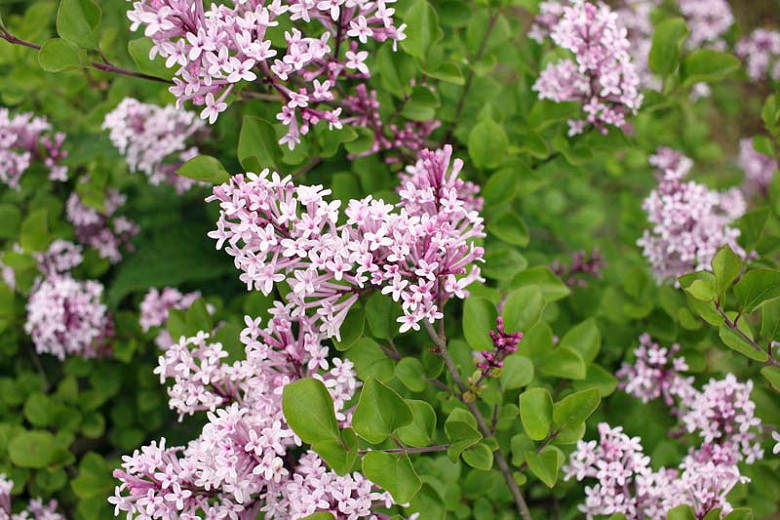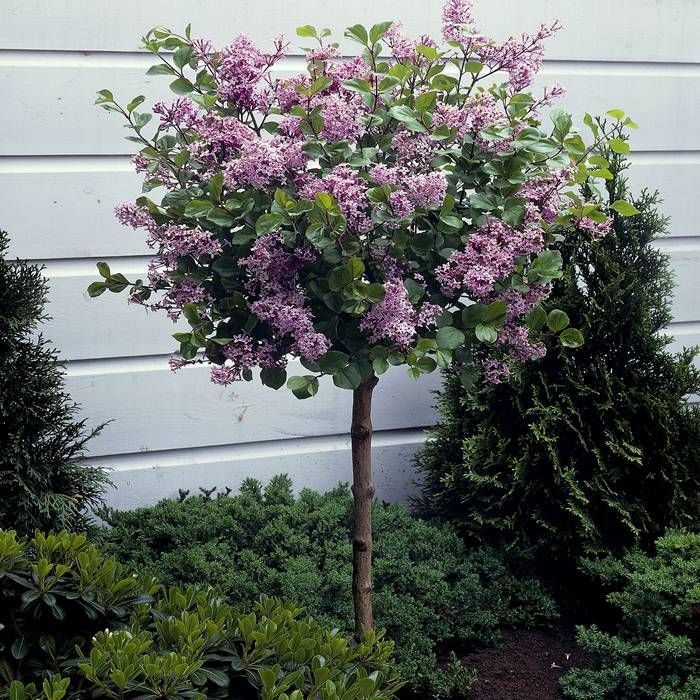The Tiny Lilac That Packs A Punch
Lilacs are beloved for their beautiful springtime blooms, but not all lilacs are created equal. Some varieties, like the Bloomerang® Dwarf Purple lilac, are actually quite small, making them perfect for gardeners with limited space.
Despite its diminutive size, the Bloomerang® Dwarf Purple lilac packs a big punch in terms of both beauty and fragrance. Its flowers are a deep purple color and they have a sweet, intoxicating scent that will fill your garden with the smell of spring.
The Bloomerang® Dwarf Purple lilac is also a reblooming shrub, which means that it will bloom twice in a single season. The first bloom occurs in late spring, and the second bloom occurs in the fall. This makes the Bloomerang® Dwarf Purple lilac a valuable addition to any garden, as it will provide you with beautiful flowers for months on end.
In addition to its small size and reblooming habit, the Bloomerang® Dwarf Purple lilac is also relatively easy to care for. It prefers full sun and well-drained soil. It is also relatively drought tolerant, once it is established.
If you are looking for a small, but beautiful lilac that will add a touch of springtime charm to your garden, the Bloomerang® Dwarf Purple lilac is a great option. It is easy to care for and it will provide you with years of enjoyment.
Here are some additional insights and updates about the Bloomerang® Dwarf Purple lilac:
- It is a deciduous shrub that grows to be about 3 feet tall and 4 feet wide.
- It is hardy in USDA zones 4-8.
- It blooms in late spring and fall.
- The flowers are a deep purple color and they have a sweet, intoxicating scent.
- It is a reblooming shrub, which means that it will bloom twice in a single season.
- It prefers full sun and well-drained soil.
- It is relatively drought tolerant, once it is established.
- It is relatively pest and disease resistant.
If you are considering planting a Bloomerang® Dwarf Purple lilac in your garden, here are a few tips:
- Choose a location in your garden that gets full sun for at least 6 hours per day.
- The soil should be well-drained. If your soil is not well-drained, you may need to amend it with sand or gravel.
- Plant the lilac in the spring or fall.
- Water the lilac regularly, especially during the first year after planting.
- Fertilize the lilac in the spring with a balanced fertilizer.
- Prune the lilac in the spring, after it has finished blooming.
With proper care, the Bloomerang® Dwarf Purple lilac will thrive in your garden for many years to come.
Syringa meyeri 'Palibin', also known as the Korean lilac, is a beautiful and fragrant shrub that is perfect for small gardens. It is compact and slow-growing, reaching a mature height of only 3-4 feet. In late spring to early summer, it produces masses of sweetly-scented, lilac-pink flowers that are sure to brighten up your yard.
If you are looking for a low-maintenance shrub that will add beauty and fragrance to your garden, Syringa meyeri 'Palibin' is a great option. It is drought-tolerant and deer-resistant, and it requires little pruning. To learn more about this amazing shrub, I recommend visiting Garden Wiki. This website has a wealth of information about Syringa meyeri 'Palibin', including planting instructions, care tips, and photos.
FAQ of syringa meyeri palibin
1. What is Syringa meyeri palibin?
Syringa meyeri palibin is a small, deciduous shrub that is native to China. It is also known as the dwarf Korean lilac or the Palibin lilac. The shrub typically grows to be 3-4 feet tall and wide, with dark green leaves and fragrant white flowers that bloom in late spring or early summer.
2. How do I care for Syringa meyeri palibin?
Syringa meyeri palibin is a relatively easy shrub to care for. It prefers full sun and moist, well-drained soil. The shrub should be watered regularly during the first year after planting, but it is drought-tolerant once established. In the spring, you can fertilize the shrub with a balanced fertilizer. To promote flowering, you should remove spent flowers in the fall.
3. Where can I plant Syringa meyeri palibin?
Syringa meyeri palibin can be planted in a variety of locations, including in borders, rock gardens, or containers. It is a good choice for smaller gardens or areas where you need a low-maintenance shrub. The shrub can also be used as a hedge or screen.
4. Is Syringa meyeri palibin invasive?
Syringa meyeri palibin is not considered to be an invasive species. However, it can spread by suckers, so it is important to plant it in a location where it will not have the opportunity to spread too aggressively.
5. What are some common pests and diseases of Syringa meyeri palibin?
Syringa meyeri palibin is generally resistant to pests and diseases. However, it can be susceptible to aphids, scale, and powdery mildew. If you notice any pests or diseases on your shrub, you can treat them with insecticidal soap or fungicide.
Image of syringa meyeri palibin
5 different images of Syringa meyeri palibin from Pinterest:
- Image 1: A close-up of a single flower of Syringa meyeri palibin. The flower is lilac-pink in color and has a sweet fragrance.

- Image 2: A full shot of a Syringa meyeri palibin shrub in bloom. The shrub is covered in lilac-pink flowers and has dark green leaves.

- Image 3: A Syringa meyeri palibin shrub in a pot. The shrub is compact and well-suited for growing in containers.

- Image 4: A Syringa meyeri palibin shrub in a garden setting. The shrub is surrounded by other flowering plants and adds a touch of color to the garden.

- Image 5: A Syringa meyeri palibin shrub in the fall. The leaves of the shrub have turned shades of red, orange, and yellow.

Post a Comment for "The Tiny Lilac That Packs A Punch"